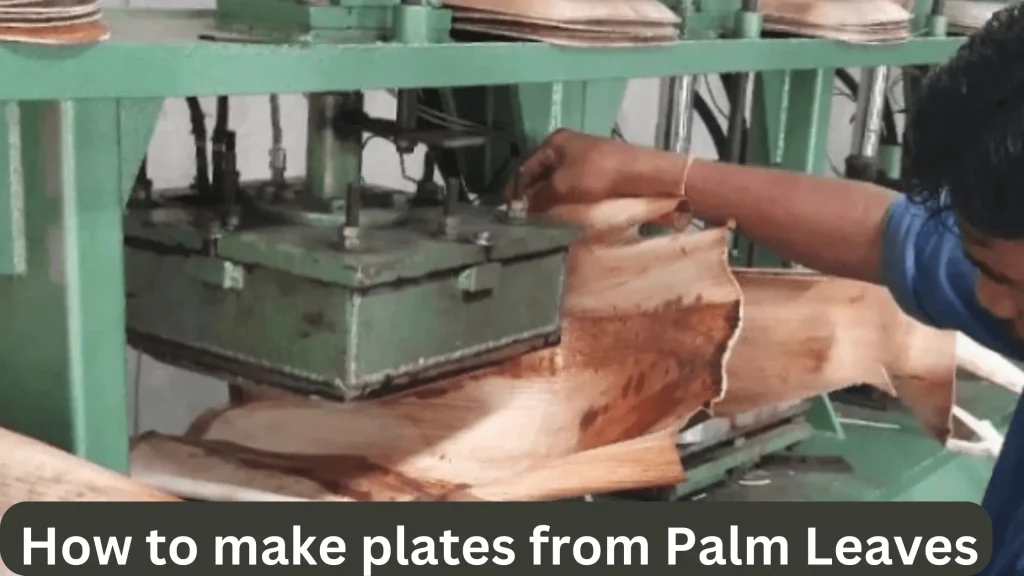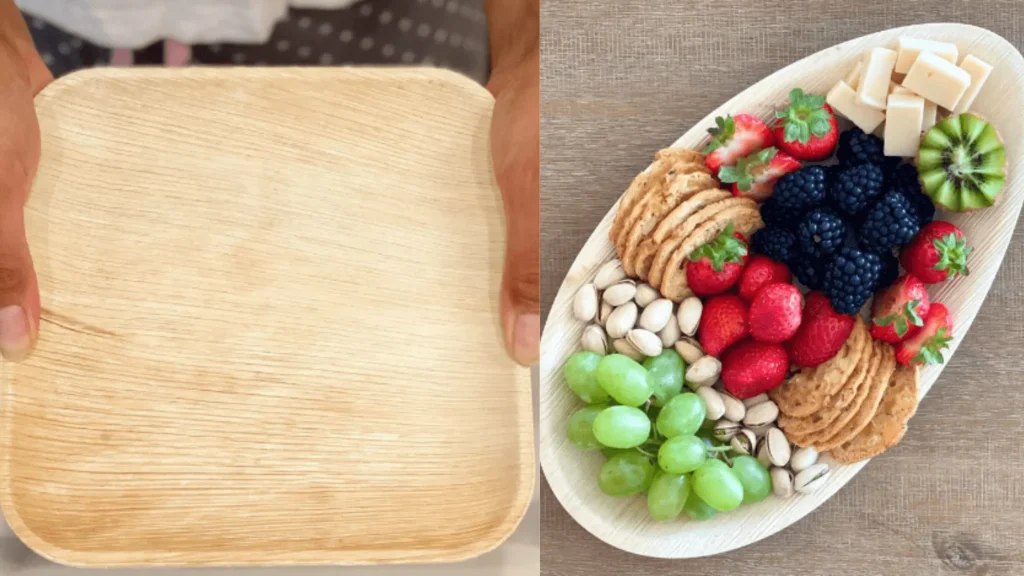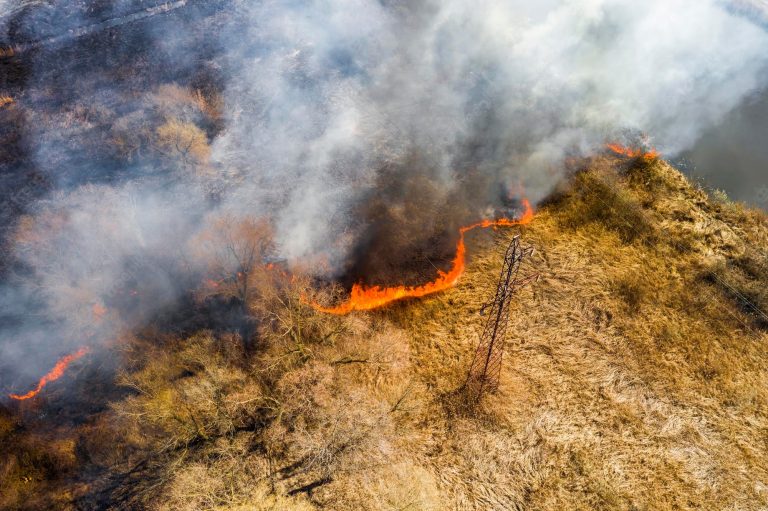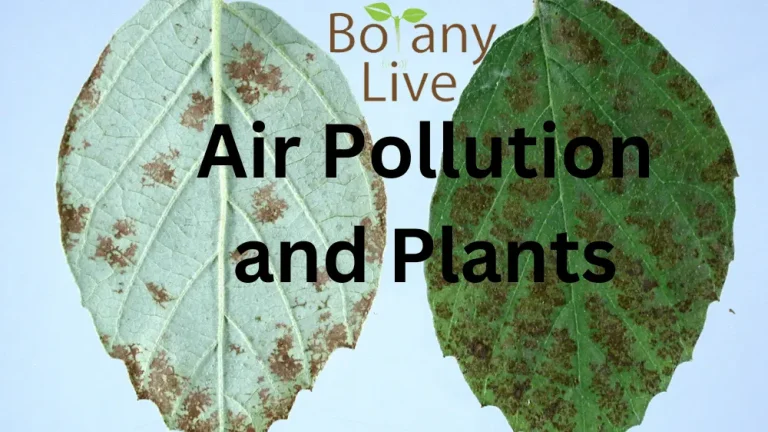Palm Leaf vs Bamboo Plates | 8 Reasons to Select the Best
Consider the power of sustainable and green sources in our daily lives. Single-use plastic products in your day-to-day life are piling up plastic pollution and litter. Moreover, their use is a big blow to the limited resources. compare Palm leaf vs Bamboo plates and choose the best alternatives to plastic materials. They are the best carbon free alternative like paper cups instead of Plastic materials. Still, we can compare palm leaf vs bamboo leaf as the best alternative.
Reasons to compare Palm Leaf vs Bamboo Plates
Here, we present more than five reasons to compare Bamboo vs Palm Lead Plates. After comparing, we will leave the answer to whether you should use Bamboo Plates or Palm Leaf Plates.
How Are Bamboo Plates Made from Bamboo Cuttings?
Bamboo is one of the tallest trees with unbranched and hollow stems. It grows in the various parts of all the six continents. It may grow fast to about 60-80 feet in a couple of years. These are the sources of food, shelter, and greenery.
Bamboo plates are made from the cuttings of mature stems. The following process involve in this manufacturing process;
- Cut the fully matured stem of Bamboo Tree
- Chop off the stem to sawdust and fibers
- Mold this sawdust into trays, plates, and bowls and blend them with Melamine.
- This process will make lightweight bamboo plates in no time.

How are Palm Leaf Plates Made?
This is another sustainable way to get cutlery from organic and sustainable materials. However, I consider it more sustainable and greener as we don’t need to cut the trees like in the bamboo plates here. Only leaves that have fallen on the ground can be collected and used for making plates. Thus, using these leaves helps environmental sustainability.
Leaves of Areca Palm trees are used. These trees can grow up to 20-22 feet tall. Here is the list of steps to make plates, trays, and other tableware.
- Collect leaves and sheath of the palm trees.
- Let them completely air dry in the sun for 5 to 7 days.
- Hot molds shape this dry plant litter into trays, plates, and bowls.
- No chemical or binder is necessary here as you use sheath and leaves. Thus, it is more sustainable than the bamboo base plates.
Looking at the manufacturing process and the input chemicals and materials, we can say that among Palm leaf vs bamboo plates, Palm Leaf plates are more sustainable.
Both kinds of these plates will break down into their natural material, and no waste will be generated. They can add up to the fertility of the soil. Thus, we can make useful tableware with a little energy and natural litter.
Are Bamboo Plates Safe for Health?
Bamboo Plates are not safe for health for the following reasons;
- Bamboo saw dust needs a binder to get shaped. Melamine acts as a binder. However, the FDA suggests that Melamine is carcinogenic. It is made up of Melatline and Formaldehyde, both carcinogenic.
- This binder can leak into the food items served using the bamboo plate.
- Additionally, using Bamboo Plates in a microwave oven can add to the problem. Sudden heat can trigger the release of chemicals. These chemicals may cause; Kidney stone, Infection in urinary tract, and Renal failure
Some parts of the world, like Austria, have banned the use of Bamboo plates. However, in the other parts, using bamboo tableware in a microwave oven is strictly banned and NOT allowed.

Conclusion
Plant material is used to make tableware in small-scale industries. Palm leaf vs bamboo plates can be an option for single use. These plates are sustainable, eco-friendly, durable, and organic. They have got prominence across the world. They have become an important part of the dining table. Their use in the future looks perfect to meet the problems of pollution and solid waste. It is recommended to use these plates regularly instead of the plastics.
FAQs
I’m Dr Qaiser Maqsood (PhD), a dedicated researcher and expert in Biological Sciences, Gardening, Bio-Diversity, Ecology, and Environmental Sciences. I’m much concerned about Environmental Pollution, Climate Change, Plantation, Gardening, and Global Warming. My passion is to explore innovative solutions in all these fields.
Be aware that we have ONLY ONE EARTH. Protect it!!






